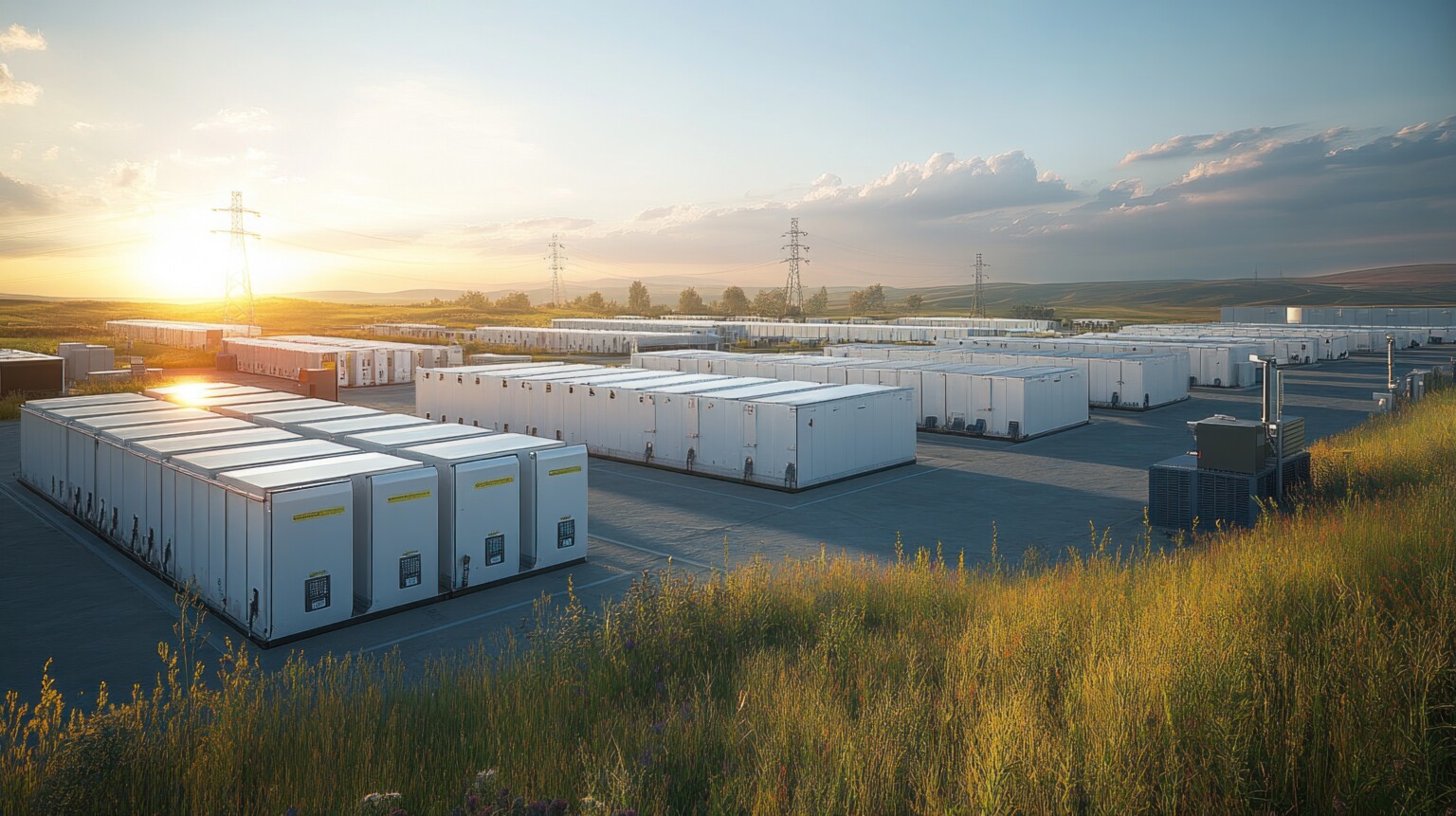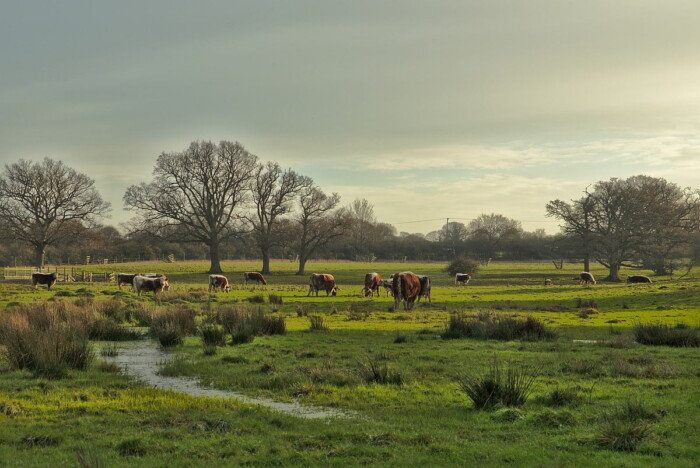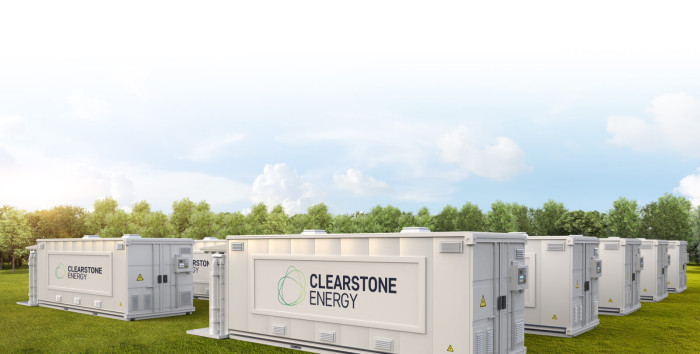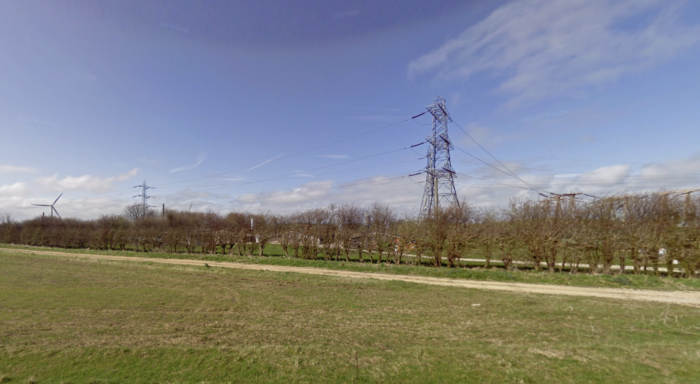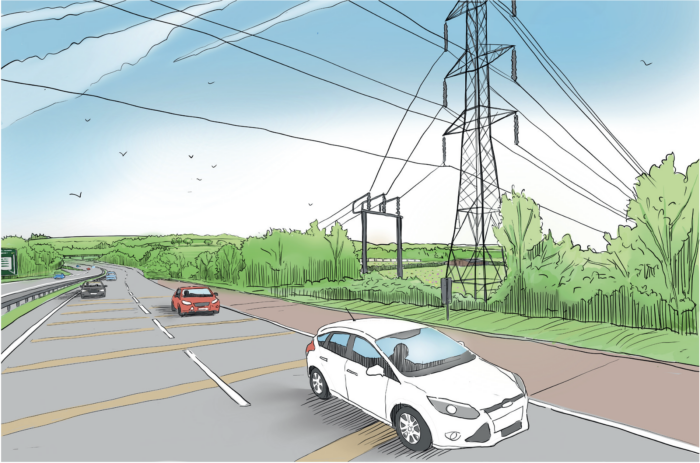Project status
- Project Design
- Community Consultation
- Planning Application Submission
- Planning Consent Granted
- Construction
- Operational
-
Where
Bramford, Suffolk
-
What
Battery energy storage
-
Network Connection Capacity
400 MW
-
Equivalent household power use
800,000 homes for 2 hours when fully charged
-
Annual CO2 emissions saved
110,000 tonnes
-
Targeted Operational Date
2029
-
Project Development Size
4 hectares of infrastructure, 4 hectares of landscaping
-
Project Lifespan
40 years
The Bramford Storage project is located outside the village of Bramford on the outskirts of Ipswich. Planning consent for the project was granted in April 2025 by Mid Suffolk District Council.
The project is on land adjacent to National Grid’s 400kV Bramford substation. It will connect directly to the High Voltage transmission line carrying electricity from the East Anglia Offshore wind farms and Sizewell nuclear plant towards London.
By 2030, more than 4,000MW of wind, solar and nuclear generation will be connected to Bramford substation and the project will play a key role in delivering a reliable, low carbon electricity supply for homes and businesses in the south east of England.
Project overview
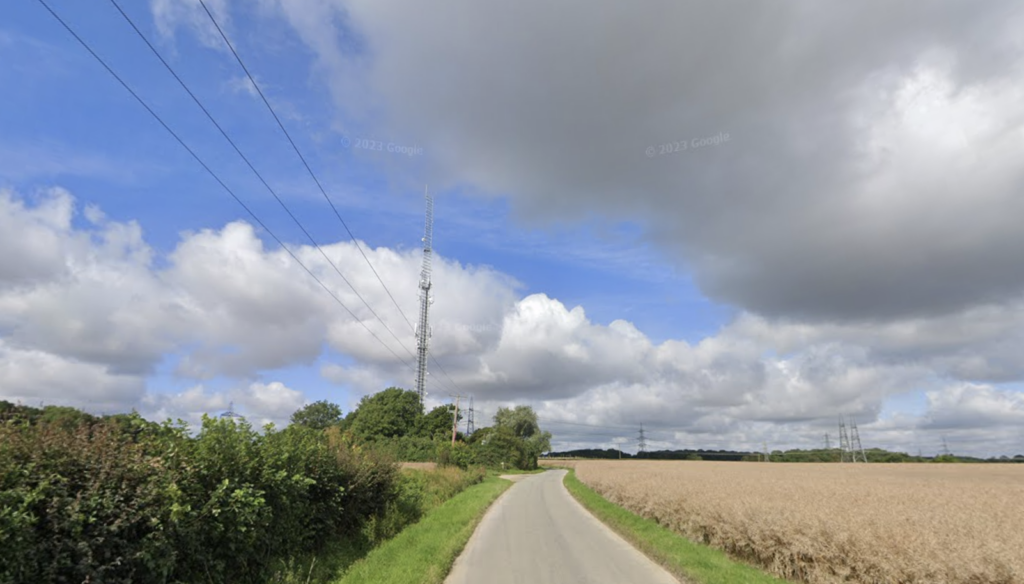
BIODIVERSITY BENEFITS
The project includes a range of ecological enhancements designed to support existing wildlife while encouraging growth in insects and mammals.
New hedgerow and tree planting around the battery compound will create additional habitats and foraging for species such as badgers, bats and hedgehog identified living near the site. New scrub planting will support breeding birds while a wetland area centred around a water attenuation will encourage amphibious wildlife.
New planting with be native to the local area including blackthorn, dogwood, elder, field maple, hawthorn, horse chestnut and oak. Landscaping and habitat enhancements will result in a biodiversity net gain of 42% in habitat units and a 13% increase in hedgerow units.
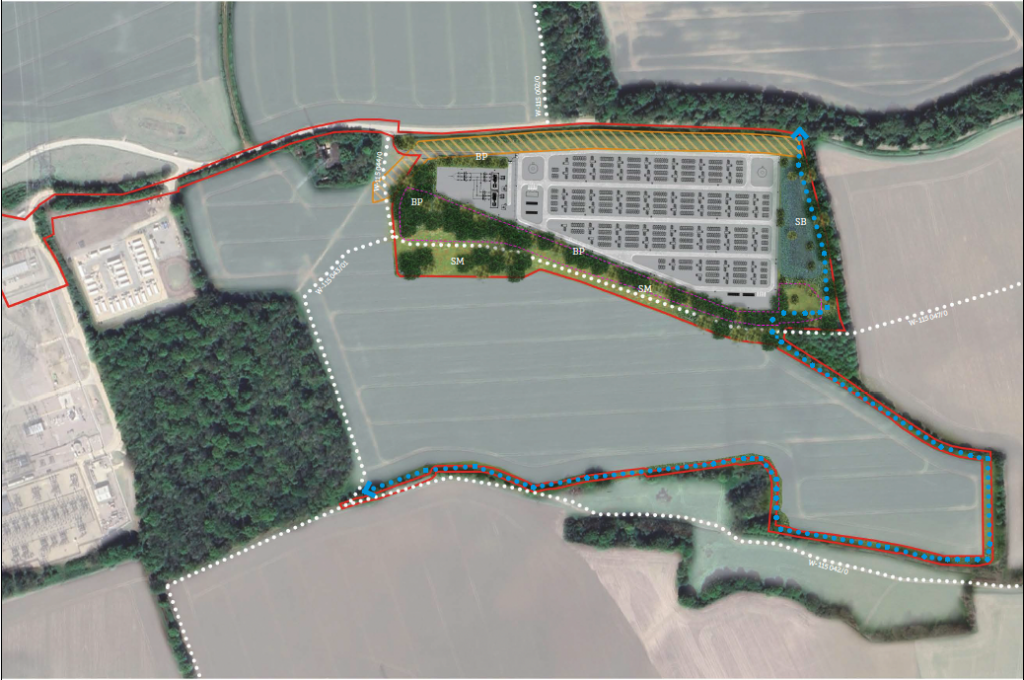
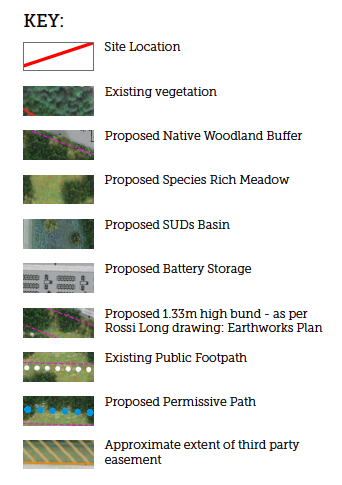
ECOLOGICAL NOTES:
SM – Species Rich Meadow – Meadow mosaic with native scrub planting and tree planting – Emorsgate EM2 Standard General Purpose Meadow Mixture and EH1 Hedgerow Mixture or similar.
SB – SUDS basin – Incorporating wet meadow and pond mixes/planting and shelving for added biodiversity – Emorsgate EMS Meadow Mixture for Wetlands and EPl Pond Edge Mixture or similar.
BP – Native Woodland Buffer – Native woodland buffer planting, copses and connecting Green Infrastructure planting – Including the species identified above.
